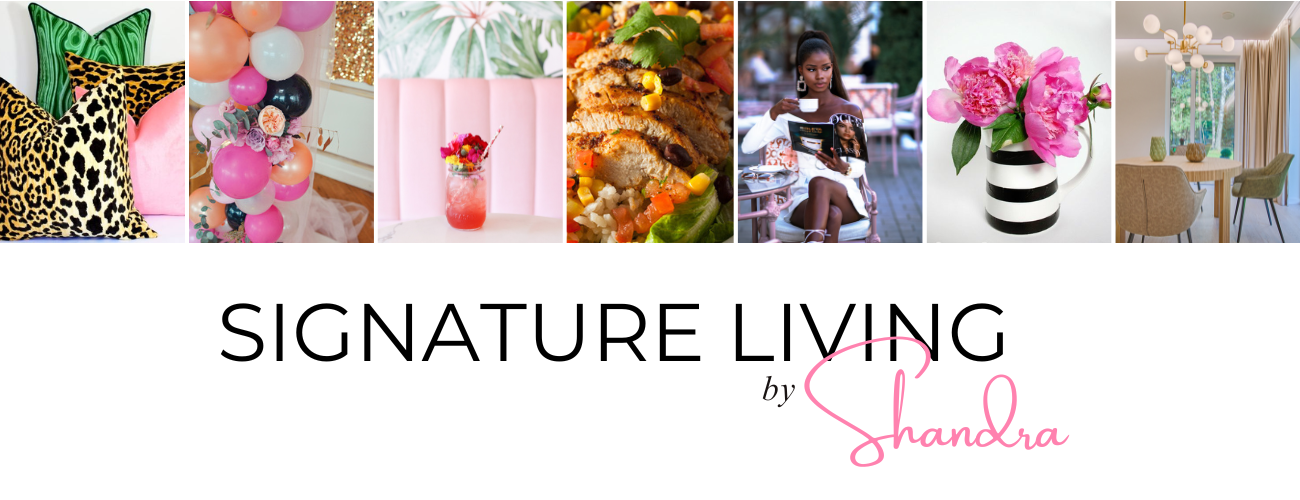
Easy Ways To Transform A Small Space With Color
Small spaces offer unique decorating challenges, but they also present exciting opportunities for creativity and innovation.
Decorating a small space comes with its own set of challenges, but leveraging the power of color can make a significant impact, transforming a modest area into a captivating sanctuary. The key lies in understanding the room's purpose and the atmosphere you aim to cultivate.
Begin by envisioning how you want the space to feel. Light colors can create the illusion of spaciousness, making a room appear larger and more airy. Conversely, if you seek to infuse warmth into your living quarters, opt for rich, saturated hues like reds, oranges, and golds. Consider the function of the room as well—vibrant, high-energy colors may be ideal for a breakfast nook, while serene tones such as seafoam green, sky blues, and whites can promote relaxation in bathrooms and bedrooms.
Maintain cohesion by limiting contrasting colors. Too many disparate hues on walls, ceilings, and floors can result in a disjointed and chaotic aesthetic. Instead, aim for harmony by selecting a unified color palette that ties the room together seamlessly. With thoughtful consideration and strategic use of color, even the smallest of spaces can radiate style and personality.


One of the most effective ways to breathe life into a compact room is by harnessing the power of color. Here are some simple yet impactful ways to infuse your small space with color and personality:
Start with a Vision: Before diving into your decorating project, take some time to envision the mood and atmosphere you want to create in your small space. Consider the purpose of the room and how you want it to feel—cozy and intimate, vibrant and energetic, or serene and tranquil.
Choose a Color Scheme: Selecting a cohesive color scheme is key to creating a harmonious and visually appealing space. Opt for colors that complement each other and reflect the ambiance you're aiming for. You can choose a monochromatic scheme for a sophisticated look or experiment with complementary colors for added contrast.

Paint an Accent Wall: Painting is one of the quickest and most budget-friendly ways to introduce color into a room. Choose one wall as your focal point and paint it in a bold hue that adds depth and visual interest to the space. This technique can help create the illusion of depth and make the room feel larger.
Play with Textiles: Textiles are a versatile way to add color, texture, and warmth to a small space. Incorporate colorful throw pillows, area rugs, curtains, and throws in your chosen color palette to instantly liven up the room. Don't be afraid to mix and match patterns and textures for a dynamic look.


Introduce Artwork and Accessories: Artwork and accessories are like the finishing touches that tie the room together. Hang colorful artwork or photographs on the walls to create a focal point and infuse personality into the space. Decorative objects such as vases, candles, and sculptures can also add pops of color and visual interest to shelves and tabletops.
Bring in Plants: Plants not only add a touch of nature to your space but also introduce vibrant colors and textures. Choose plants with colorful foliage or flowers to brighten up a room and create a lively atmosphere. Place them on windowsills, shelves, or hanging planters to maximize space.

Experiment with Furniture: While you may be limited by the size of your space, you can still incorporate colorful furniture to make a statement. Opt for pieces in bold or unexpected hues, such as a vibrant sofa, an accent chair, or a colorful coffee table. Alternatively, you can use colorful furniture accessories like throws or slipcovers to add color without committing to a permanent change.
Utilize Mirrors: Mirrors are a powerful tool for visually expanding a small space and reflecting light. Choose a decorative mirror with a colorful frame to add both style and function to your room. Position it strategically to maximize its impact and create the illusion of depth.
Layer Lighting: Lighting plays a crucial role in setting the mood and ambiance of a room. Incorporate a variety of lighting sources, such as overhead fixtures, table lamps, floor lamps, and task lighting, to create a warm and inviting atmosphere. You can also use colored light bulbs or lampshades to add a subtle wash of color to the room.
Edit and Curate: Finally, remember that less is often more when it comes to decorating a small space. Be selective about the colors and accessories you incorporate, and avoid overcrowding the room with too many elements. Edit your choices carefully to ensure a cohesive and visually pleasing result.
Decorating a small space comes with its own set of challenges. Transforming a small space with color is a fun and rewarding process that allows you to express your personality and style. You can create a vibrant and inviting environment that maximizes the potential of your compact living space. The key lies in understanding the room's purpose and the atmosphere you aim to cultivate.
Related


You May Also Like

Using Glass Containers for Simple Centerpiece Designs to Elevate Your Event Decor
June 15, 2015
Designing With Pattern
June 13, 2021
